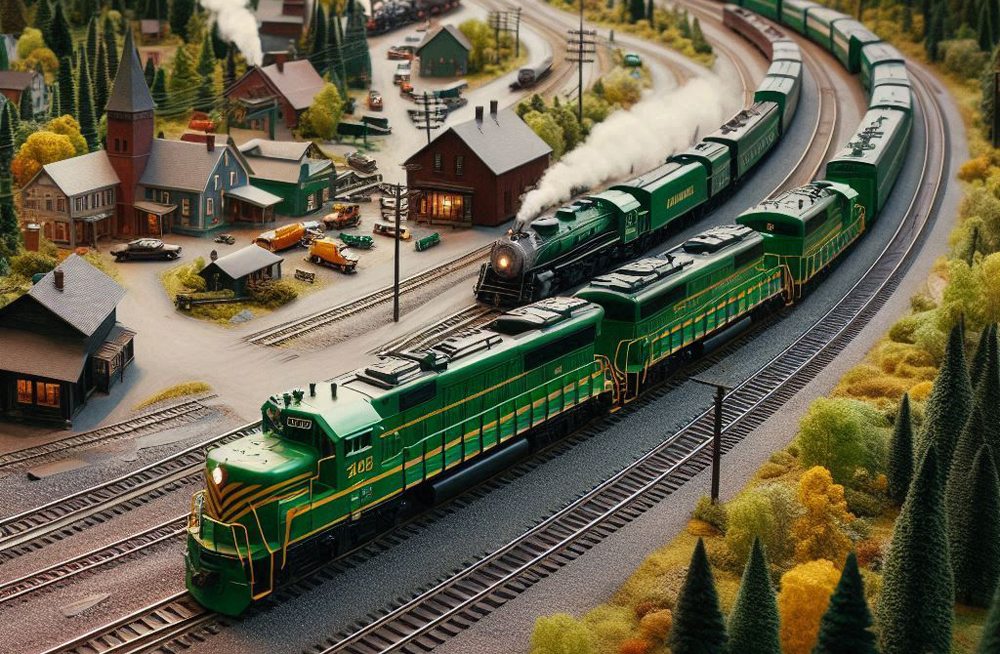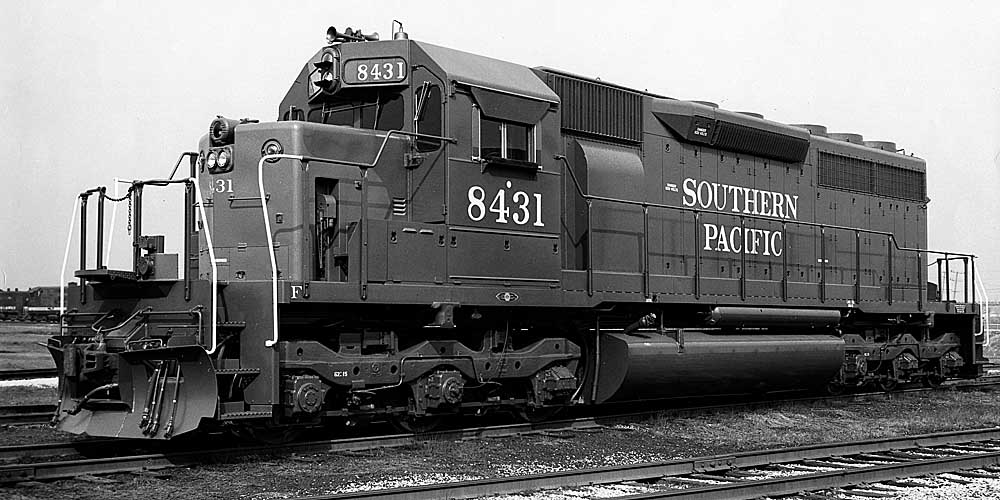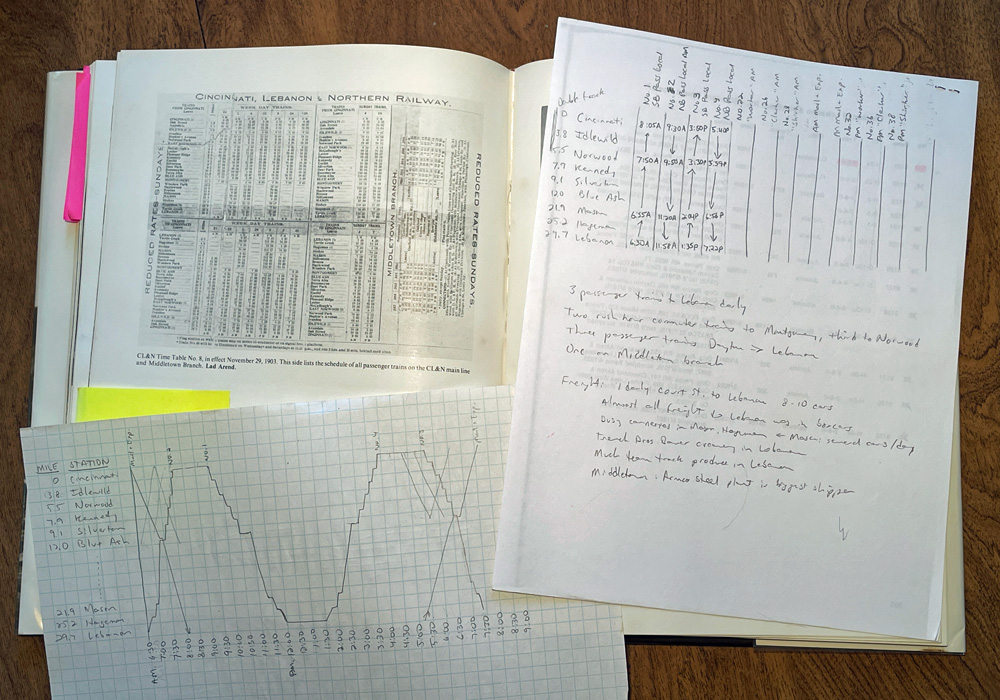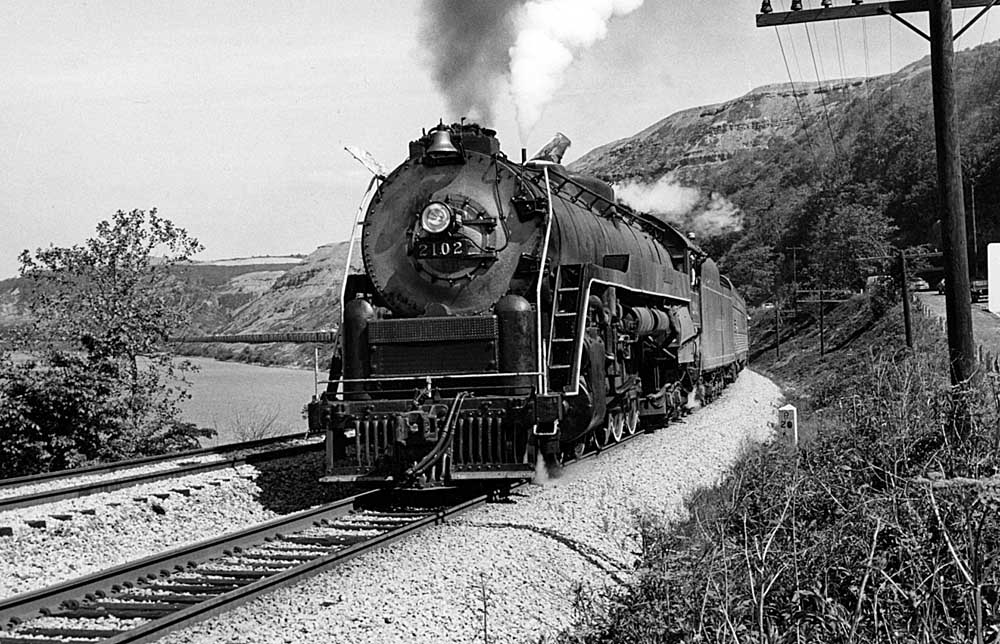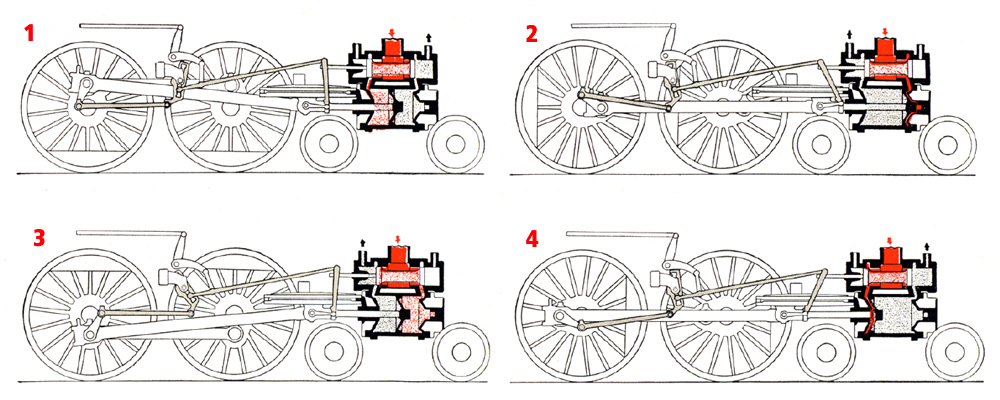
Q: What causes a steam locomotive chuff sound? — Tom Huckaby
A: Whether you call it a chuff (the railroader’s term), puff, or chugga-chugga, that distinctive sound is made by spent steam and exhaust smoke escaping through the smokestack of a steam locomotive.
For a more detailed explanation of what’s going on in a steam locomotive’s innards, take a look at the Kalmbach book How Steam Locomotives Work, available in the Kalmbach Hobby Store. But since my space here is limited, I’ll try to boil it down for you. (Get it?)
The biggest part of a steam locomotive is the boiler, the long, usually cylindrical part that makes up most of the locomotive. In a steam locomotive’s firebox, fuel — wood, oil, or most commonly, coal — is burned to heat the water in the boiler, turning it to steam. As the steam rises, it collects in the steam dome, where it is funneled down the dry pipe to the steam chests atop the cylinders.
It’s the cylinders that convert the expanding steam into mechanical energy. As the wheels turn, attached mechanical arms called valve gear circulate, pushing the slide valve back and forth inside the steam chest. At the start of a cycle (diagram 1 above), the side rods are at the top of the drive wheel and the piston is in the middle of the cylinder. The slide valve moves forward, letting steam into the back of the cylinder, pushing the piston and the attached drive rod forward. As the piston moves forward, spent steam from the previous cycle is pushed out of the front of the cylinder and into the smokebox, where it mixes with smoke exhaust from the firebox and helps carry it out the smokestack with a “chuff” sound.
As the piston reaches the front of the cylinder (2), the rotation of the drive wheel pushes the slide valve forward, routing steam into the front of the cylinder and opening the back of the cylinder to the smokebox. Steam now pushes the piston and the drive rod back (3), exhausting the spent steam in the back of the cylinder into the smokebox and out the stack with another chuff. The cycle then starts again at the beginning (4).
So that’s two chuffs. But if you listen closely to a steam engine as it goes by, you might notice that a steam locomotive produces four chuff sounds per revolution of the drive wheels, not two. Where are the other two coming from? There’s another set of steam chest, valve gear, cylinder, and drive rod on the other side of the locomotive, driving the other set of wheels. But they aren’t synchronized with the ones on the near side. Rather, they’re “quartered” — set exactly 90 degrees, or one-quarter revolution, ahead of the wheels on the other side. That way, the wheels can’t get stuck with both drive rods at the extreme ends of their motion. One side or the other will always have its drive rods at top or bottom, at the point of maximum power. Take a look at your model steam locomotives, and you’ll see they are set up the same way. So that’s why a steam engine produces four chuffs per drive wheel revolution.
That is, as long as the locomotive has two cylinders. Compound locomotives, like Union Pacific’s famous 4-8-8-4 Big Boy, have two engines with two cylinders each. These produce two separate sets of chuffs that can often be heard going in and out of sync with each other.
Send us your questions
Have a question about modeling, operation, or prototype railroads? Send it to us at AskTrains@Trains.com. Be sure to put “Ask MR” in the subject.






